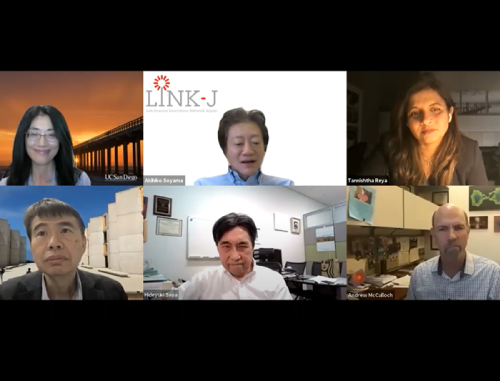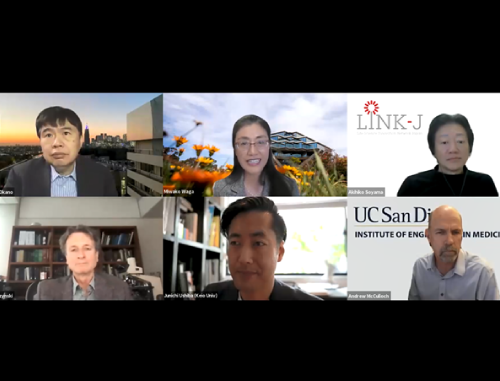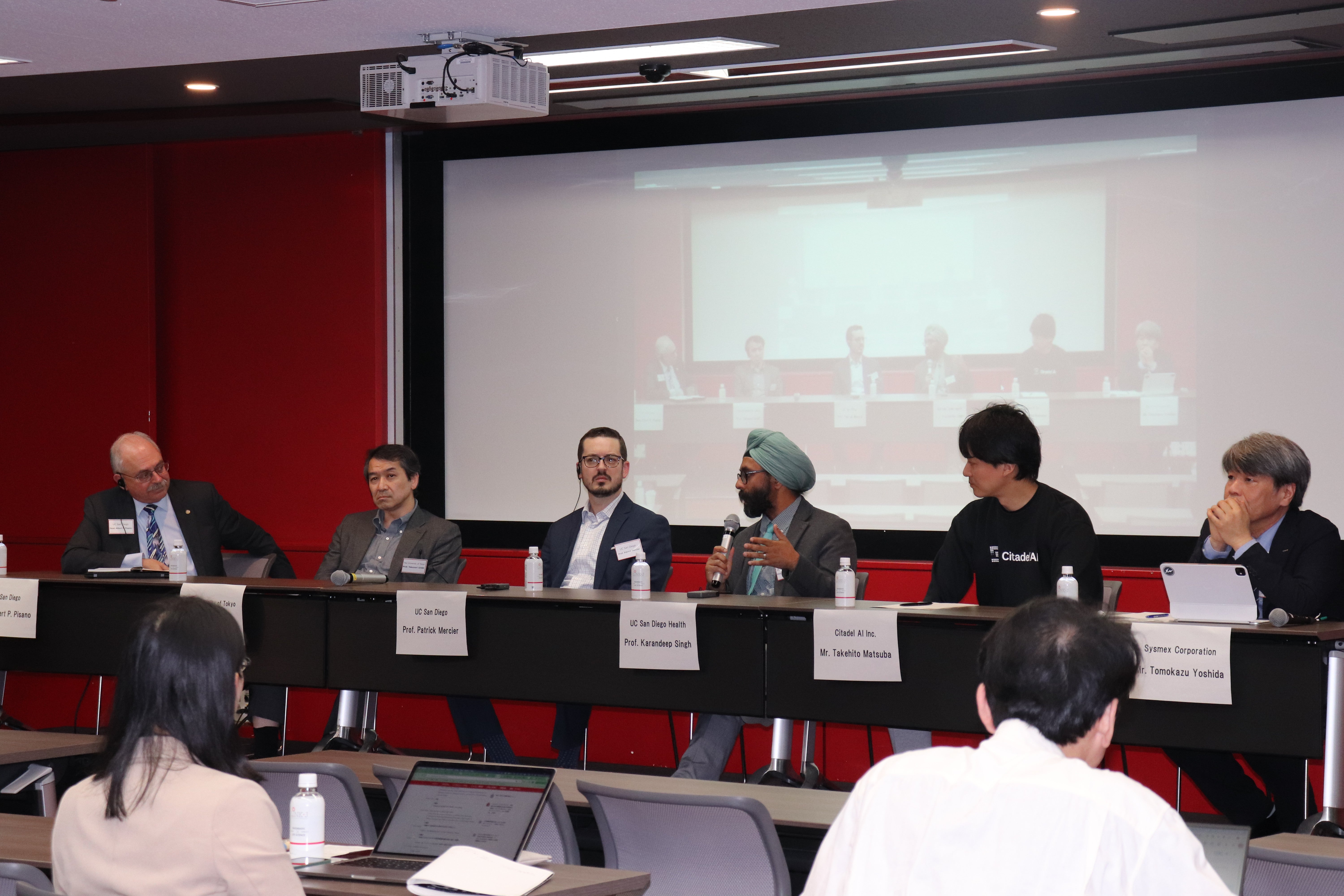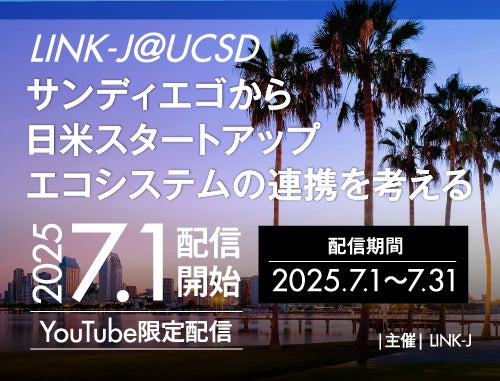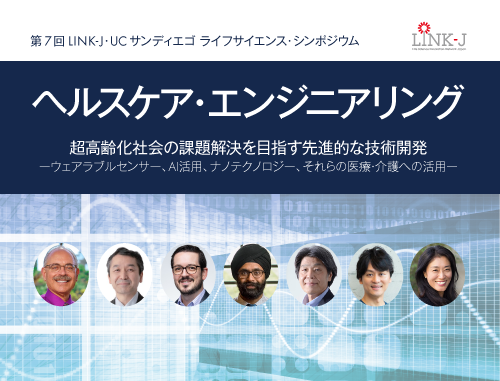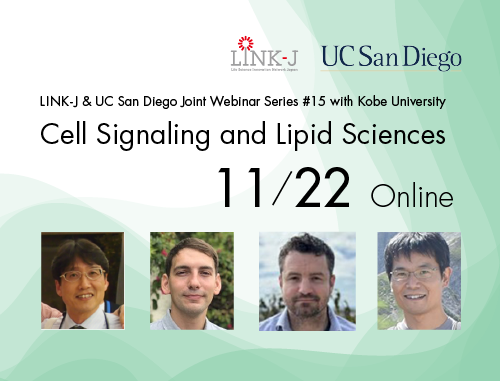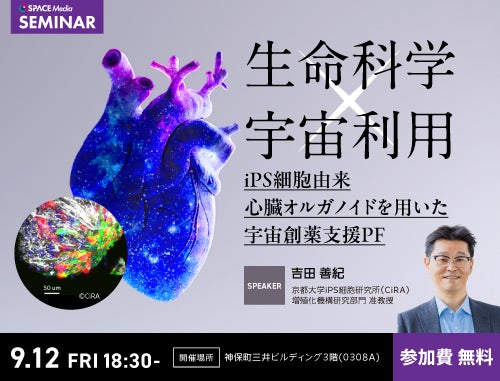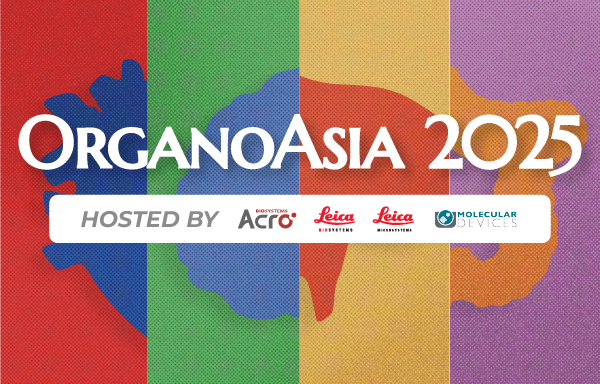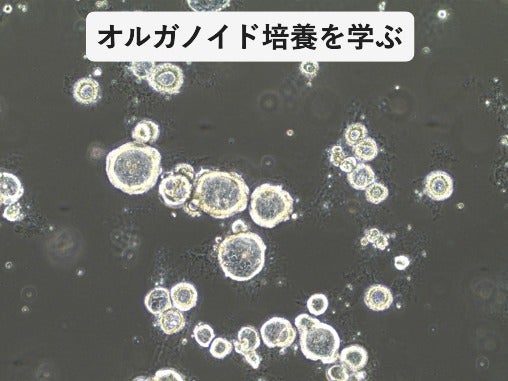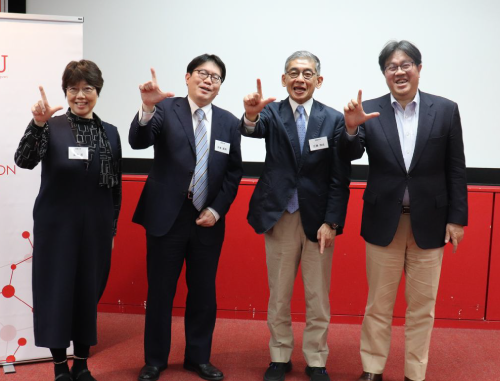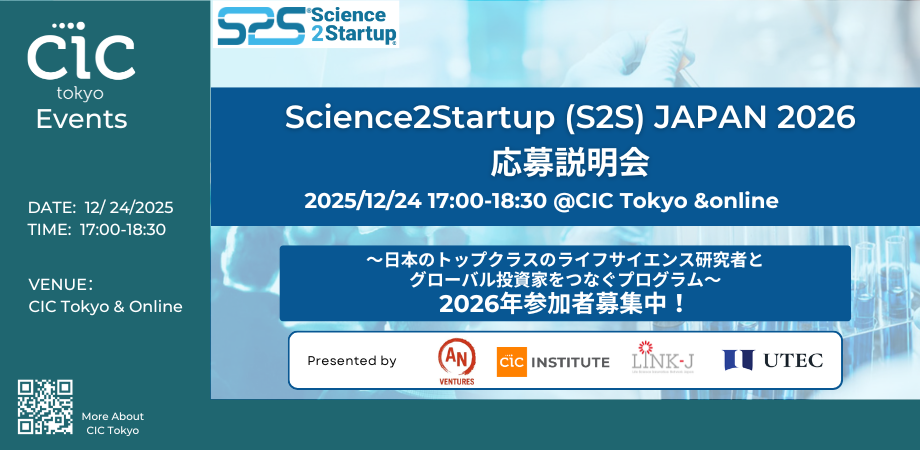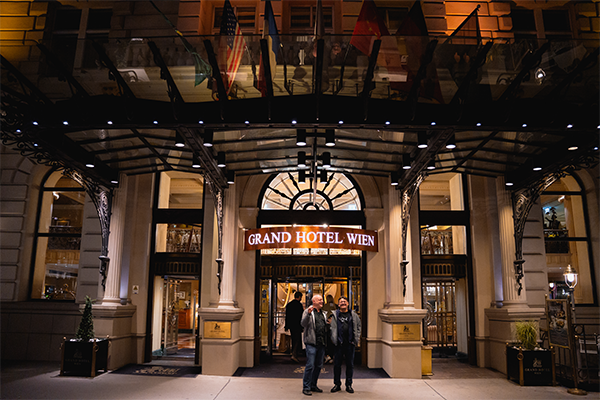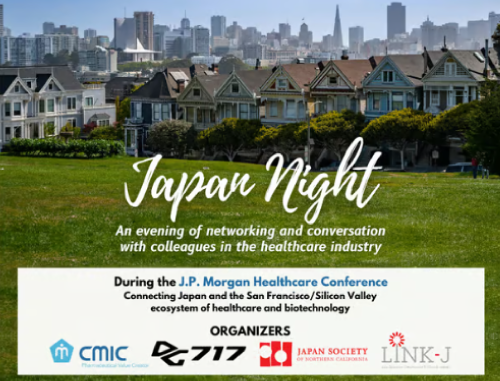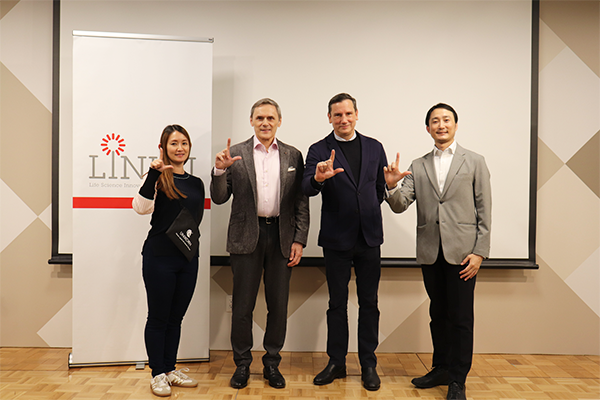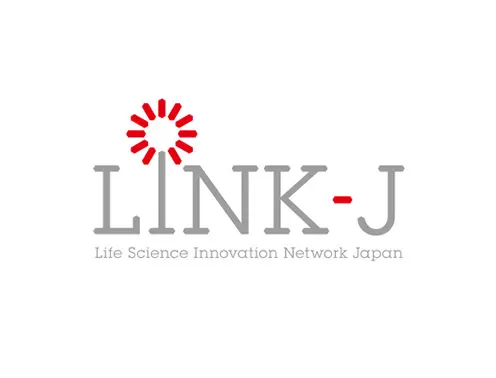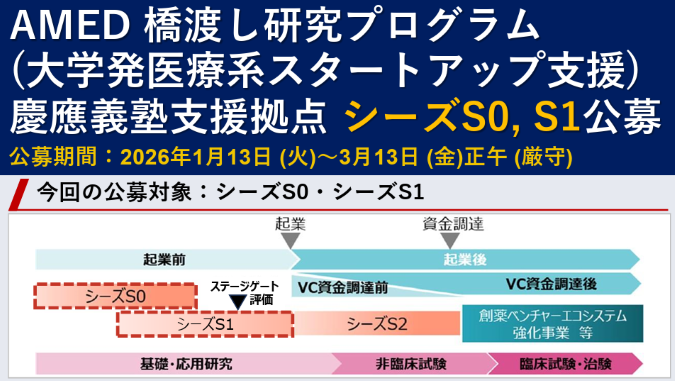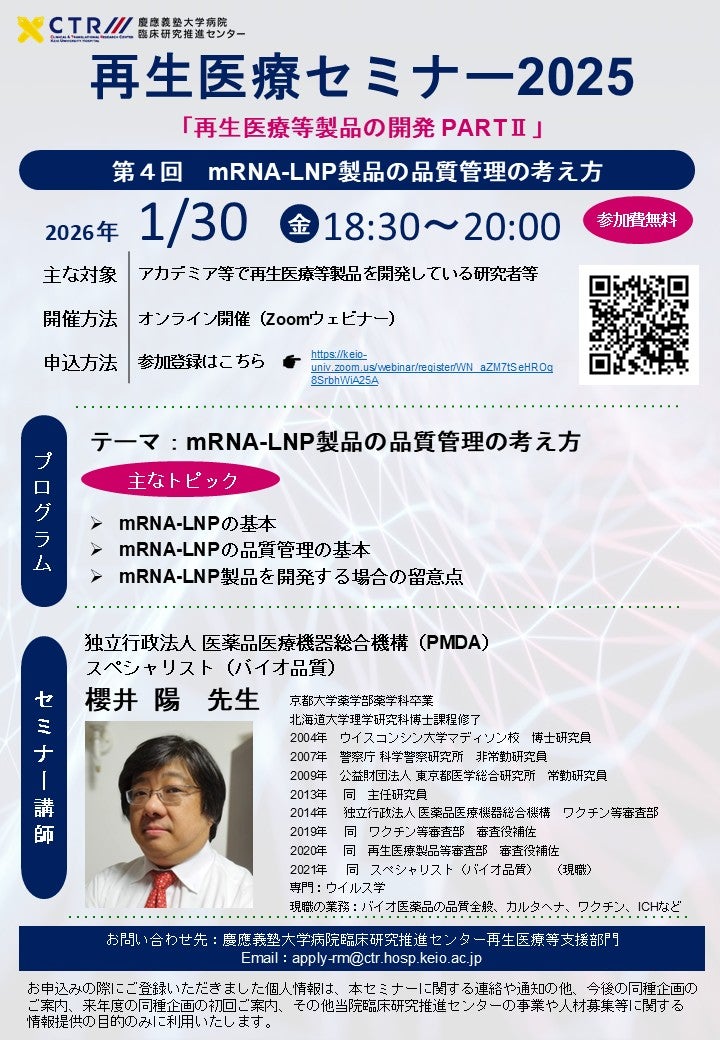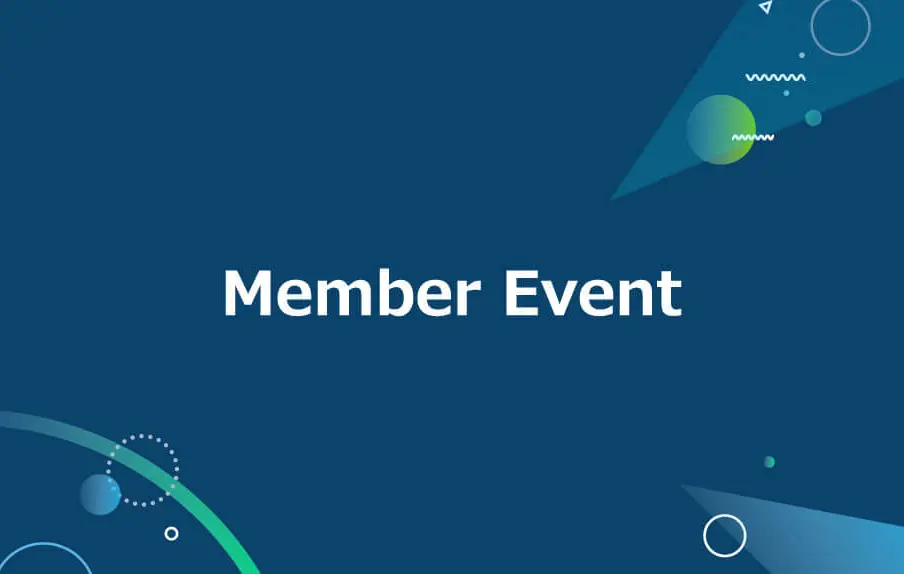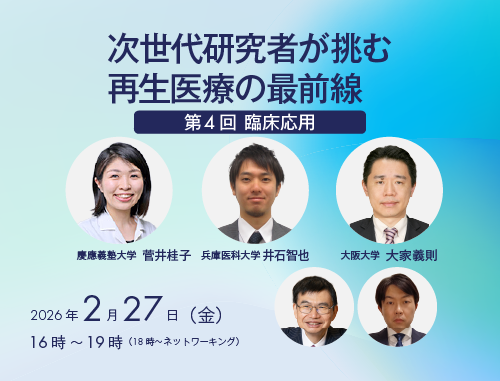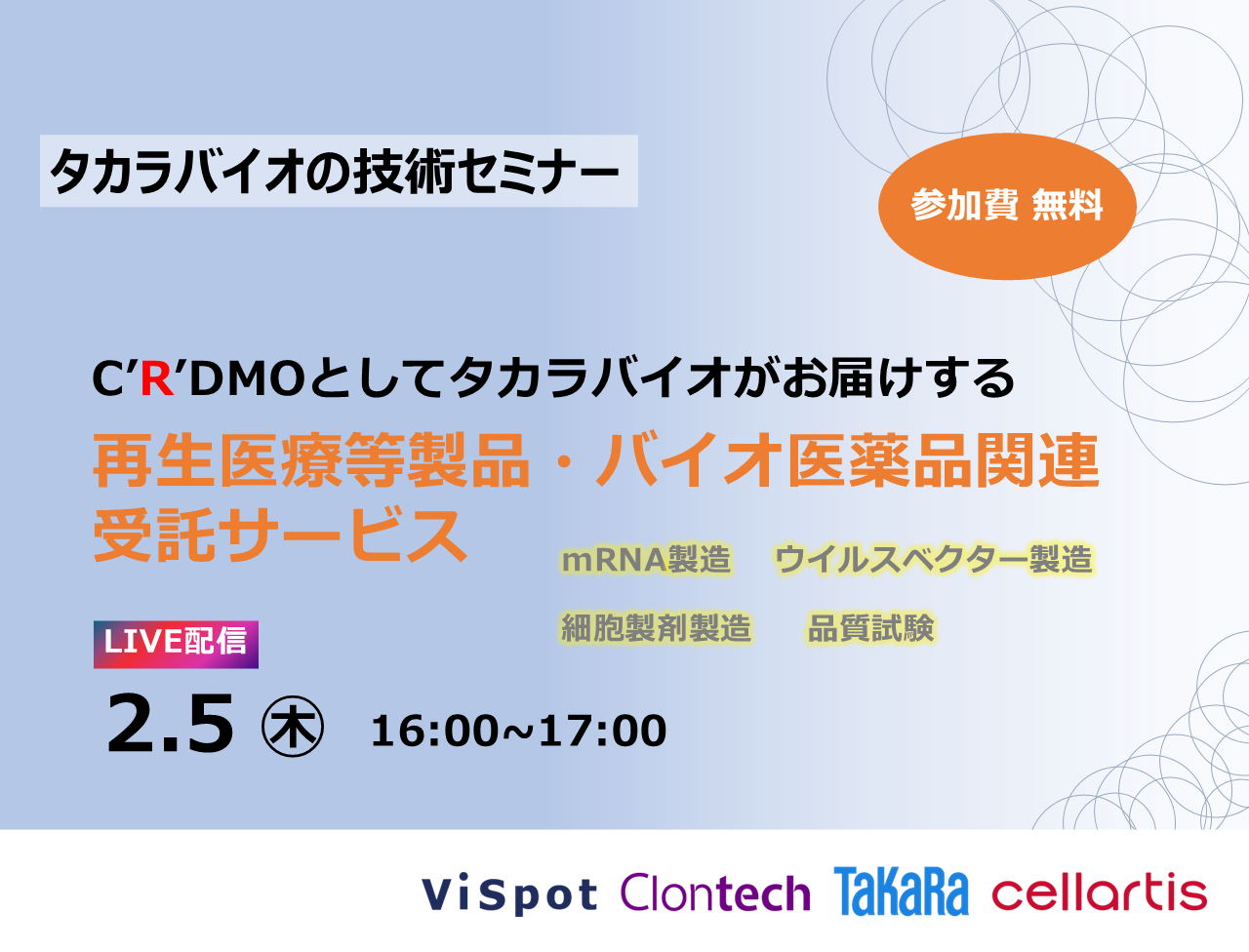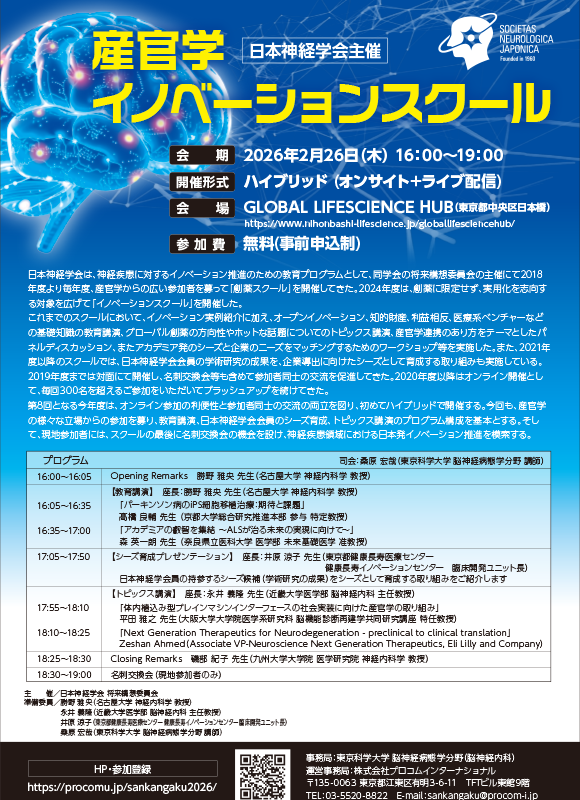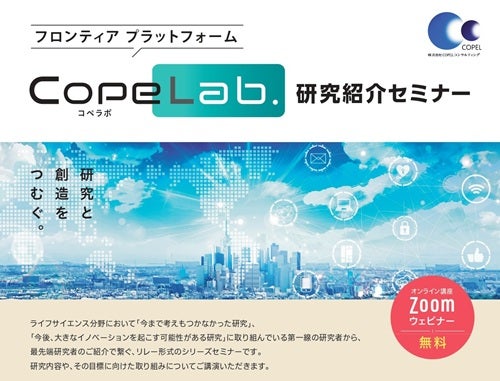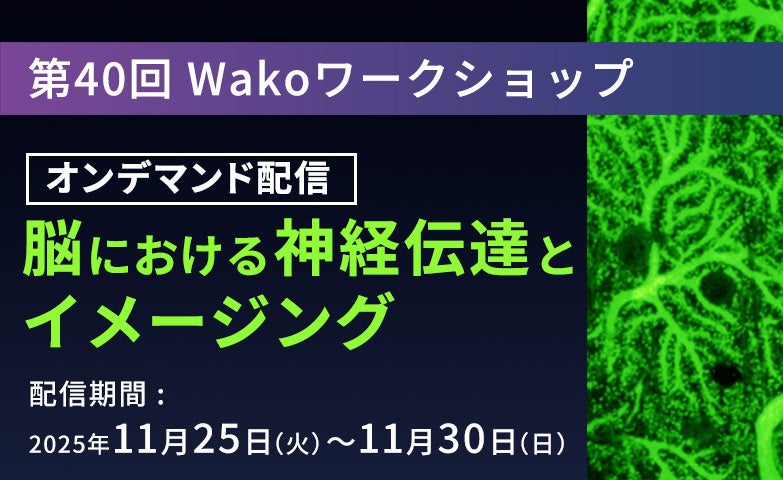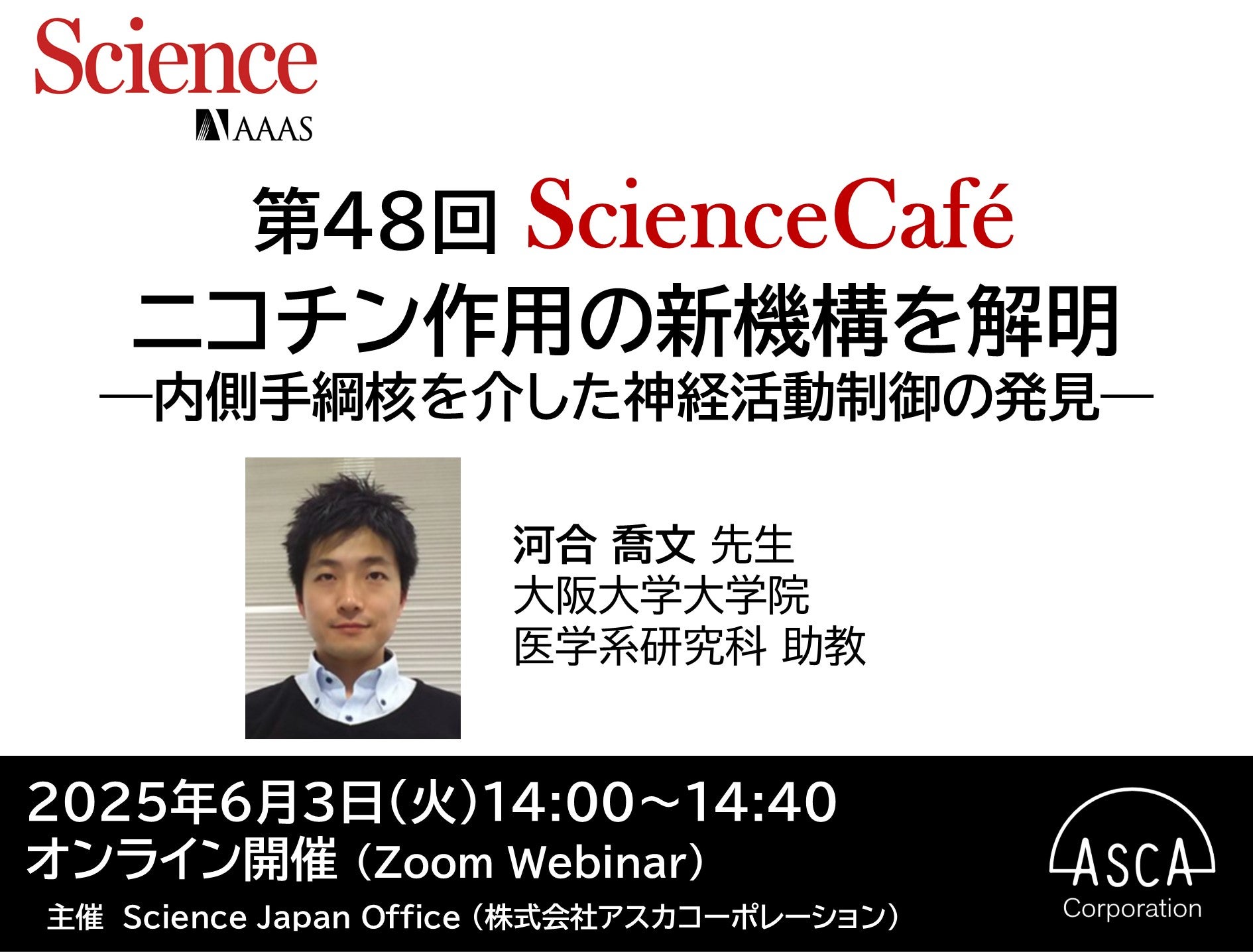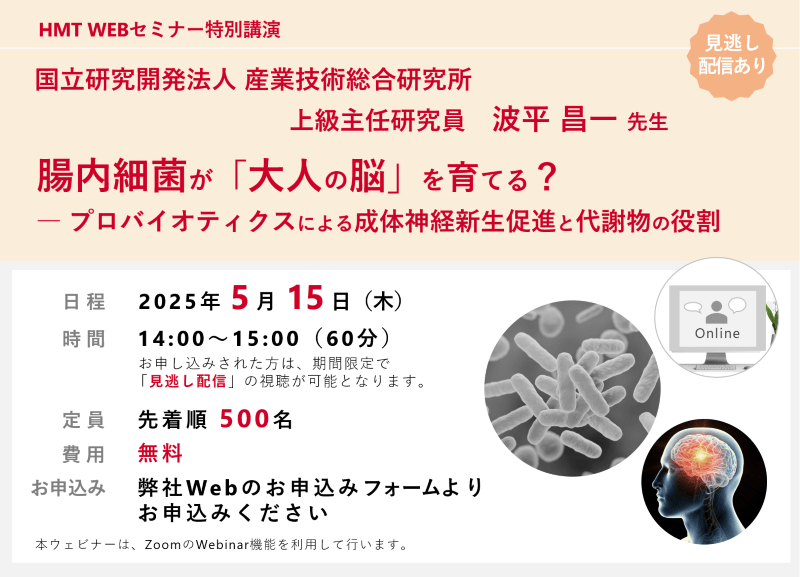2023年4月25日(木)、オンラインにて、UCサンディエゴとのウェビナーシリーズの12回目を開催いたしました。今回は、脳オルガノイドを用いたヒトの神経発達や認知症のモデリングに関する最近の研究についてAlysson Muotri博士(Pediatrics and Cellular & Molecular Medicine, UC San Diego)と嶋田弘子先生(慶應義塾大学医学部生理学)にご講演いただきました。
【登壇者】
岡野 栄之 先生(慶應義塾大学 医学部 教授)
Dr. Gert Cauwenberghs(Professor of Bioengineering and Co-Director, UC San Diego
Dr. Alysson Muotri(Professor of Pediatrics and Cellular & Molecular Medicine, UC San Diego)
嶋田 弘子 先生(慶應義塾大学 医学部生理学 特認講師)
高橋 俊一(LINK-J事務局長)
和賀 三和子氏(UC San Diego国際アウトリーチシニアディレクター)
冒頭に岡野先生とCauwenberghs博士よりご挨拶および講演者の紹介を頂き、パネルディスカッションではモデレーターとして質疑応答を行いました。ご講演のアブストラクトは以下のとおりです。
[講演]"Modeling Human Neurodevelopment with Brain Organoids"
Dr. Alysson Muotri (Professor of Pediatrics and Cellular & Molecular Medicine, UC San Diego)
The complexity of the human brain, with thousands of neuronal types, permits the development of sophisticated behavioral repertoires, such as language, tool use, self-awareness, symbolic thought, cultural learning, and consciousness. Understanding what produces neuronal diversification during brain development has been a longstanding challenge for neuroscientists and may bring insights into the evolution of human cognition. Human pluripotent stem cells could differentiate in specialized cell types, such as neurons and glia. Moreover, induced pluripotent stem cells can be achieved from living individuals by reprogramming somatic cells that would capture their entire genome in a pluripotent state. From this pluripotent state, it is possible to generate models of the human brain, such as brain organoids. The reconstruction of human neural network activity in a dish can help to understand how neural network oscillations vary between normal and disease states. Our findings suggest a potential bridge to the gap between the microscale in vitro neural networks electrophysiology and a non-invasive electroencephalogram.
[講演]"Modeling Alzheimer's Disease and Tauopathy in Forebrain Organoids"
嶋田 弘子 先生(慶應義塾大学 医学部生理学 特認講師)
It is known that the human cellular models of Alzheimer's disease (AD) and tauopathy can only recapitulate the very early stage of the disease. To overcome these limitations, we developed a technology to make forebrain organoids (FBOs) from feeder-free induced pluripotent stem cells (iPSCs) by regulating a FGF2 concentration and applied this method to generate FBOs from patients with familial AD (fAD FBOs). The obtained fAD FBOs recapitulated the amyloid-b pathology and increased tau phosphorylation but not tau aggregates. To fully induce the tau pathology, FBOs were injected with adeno-associated virus (AAV)-expressing P301L mutant tau. In these Tau-P301L FBOs, tau fibrils were observed in the neuronal cell body and neurites with immunoelectron microscopy, in addition to the sarkosyl-insoluble and thioflavin S-positive phospho-tau aggregates.
Collectively, we improved culture methods for generating forebrain organoids from feeder-free iPSCs and applied AAV microinjection to recapitulate the drastic phenotype. Therefore, we finally established next generation iPSC-models of AD and tauopathy. These new models will provide novel findings in Amyloid-b and tau pathogenesis and fundamental technology to develop drugs for treatment of dementia including AD and tauopathy.
当日の模様は、LINK-JのYouTubeチャンネルでアーカイブ動画として公開しておりますので、是非ご覧ください。
講演後はQ&Aセッションを実施しました。岡野先生とCauwenberghs博士がモデレーターとなり、視聴者からの質問を受け付け、脳オルガノイドや最近の研究に関する様々なアイデア、疑問点について議論しました。
ご参加いただいた皆様ありがとうございました。今後もUC San Diegoとの共催ウェビナーを継続的に開催する予定です。
皆様ぜひご参加ください。
